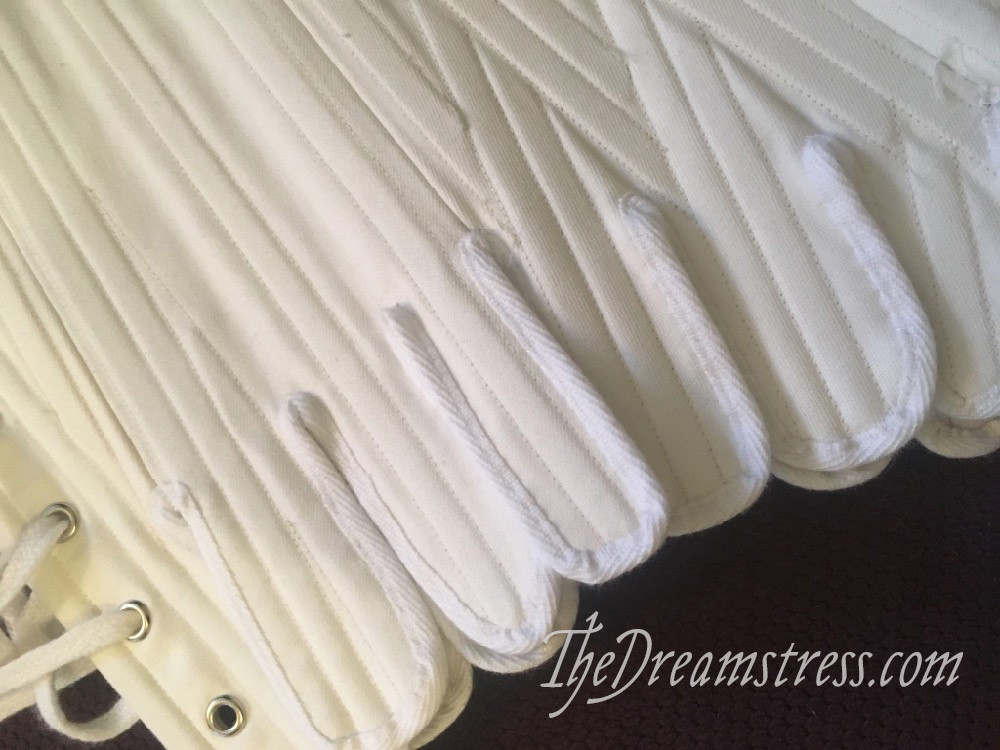The Quest for Regency Uplift: 1790s Achievement Unlocked
One of my goals for 2018 was to make two pairs of Regency stays that worked on me: one for the 1790s, and one for the 1810s. I did not achieve this goal. I made The J.S Berhnhardt 1810s Stays, View C (and took them in and altered them so they have a better, if not great, fit), and another pair that I was equally unenthused about, but my year got rather taken over by settling in to teaching at Toi Whakaari, so personal sewing took a back seat. I’m determined to get back on track with this goal in 2019, and so far I’m halfway there: I have 1790s jumps that are super comfortable, give me lots of support, and actually create lift! I used the 1790s jumps pattern given on pages 102-107 in Salen’s Corsets: Historical Patterns and Techniques. The pattern as given in the book fits about a 40″ bust (and bigger if you want space in your front lacing) I drew it out and graded it up and down last year …


